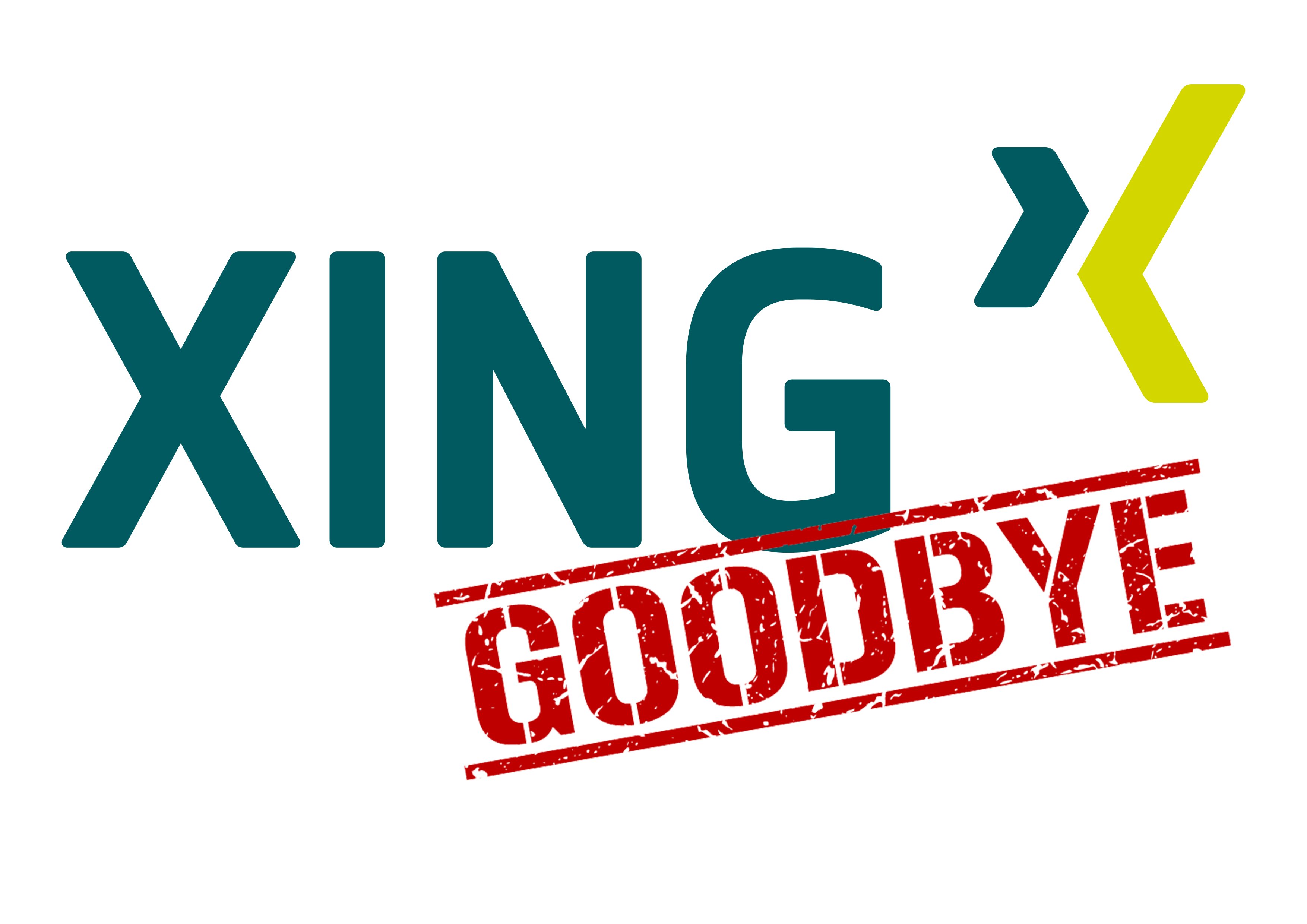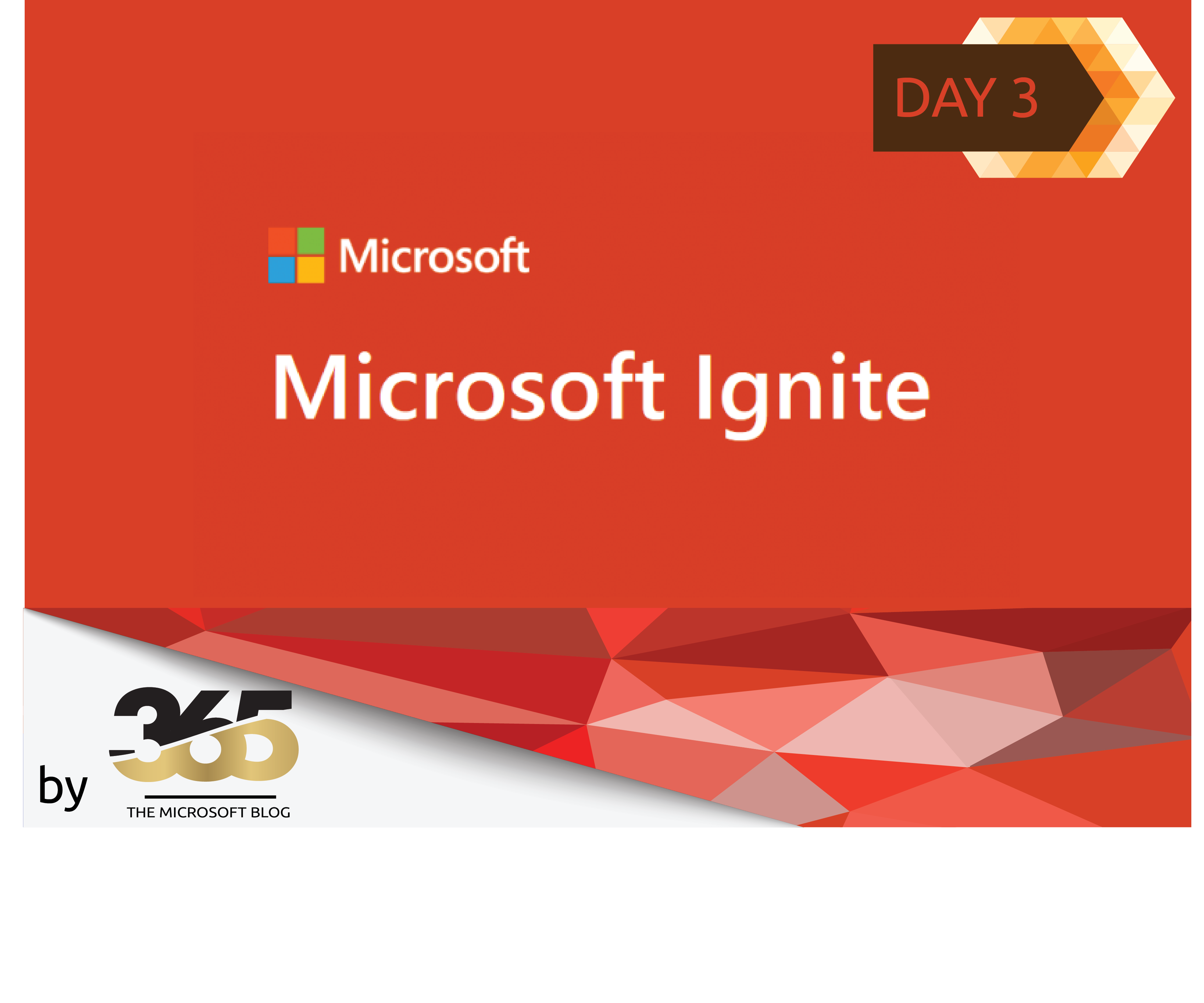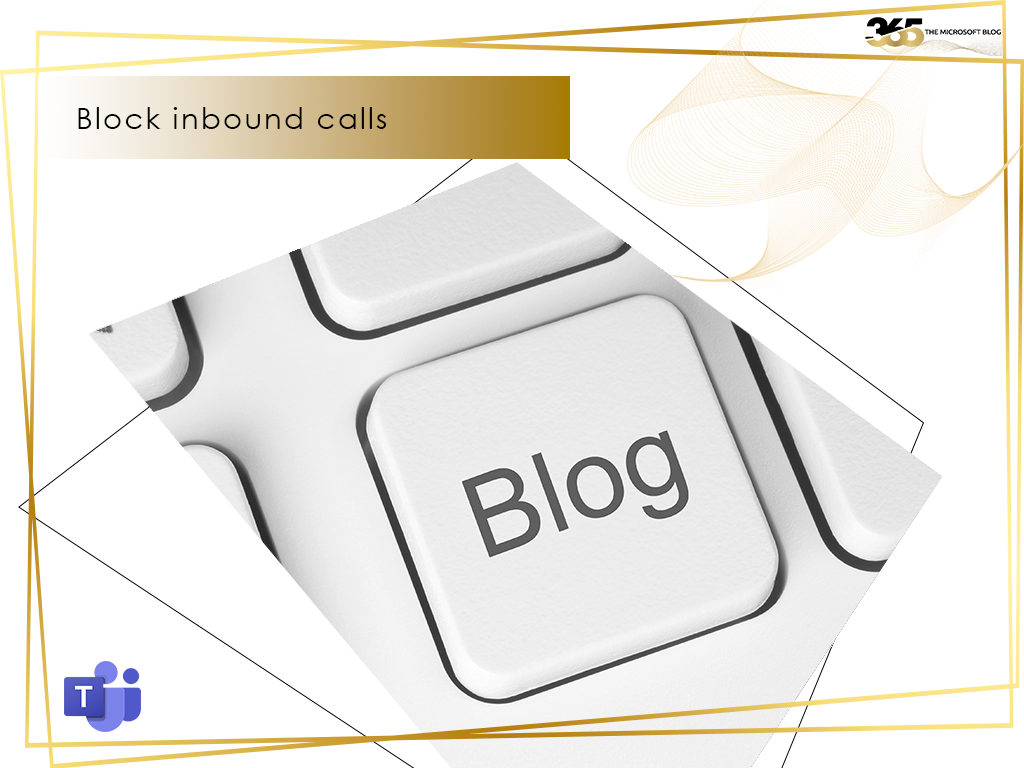
Microsoft is becoming more and more a telephony provider. With the possibility of building a call centre with native tools (i.e. without 3rd party tools), Microsoft has taken another big step towards playing in the top 3 league of telephony solutions.
Microsoft Teams has been offering the possibility to build call center solutions for some time. For this purpose, there are 3rd party tools such as Luware, which have specialized in this area, among others. To stay with the example of Luware: This Swiss company uses the Teams Chanel technology, combined with Microsoft Power Apps, PowerBi and other Microsoft tools.
I myself have already implemented this for some customers, who are also happy with this solution.
If Luware is a topic for you, I can recommend the following link: https://luware.com/en/solution/nimbus/.
Please note, this is not paid or sponsored content from Luware, it is just a possible alternative to the native tools. There are other vendors besides Luware.
However, this article is about how to build a call centre with native tools.
Knowledge preparation
Before we start with the actual topic, the construction of the call center, we need to know some preliminary information. On the one hand, we need to understand how auto attendants and call queues work in Microsoft Teams. You can find this and the necessary prerequisites under the following Microsoft Technet link.
Another very important point is licensing. Microsoft Teams requires corresponding user licences for the voice solution and PSTN telephony. However, for setting up a call center, it is the so-called Microsoft Teams Phone Resource Account licences that are required.
If we have user phone licences in our tenant, Microsoft provides us with a certain number of resource account licences free of charge, depending on the number of licensed users, the number of free resource account licences also increases. How we activate them, how many are free and how we can buy more, is described in this Microsoft Technet link.
Structure of the Call Center
Now that we have familiarized ourselves with the prerequisites, let’s start with the structure of the call centre.
In my example in this article, I show you a relatively complex call center. This, that I can cover as many variations as possible. Of course, individual elements can be omitted from your solution, or exactly these can be used.
In order to make the scheme understandable, I have first created an overview, which will (hopefully) make the second graphic more comprehensible.
Overview

Architecture example call center

Further information on the application example
As mentioned earlier, I have combined several possible elements in this example. You may have noticed that I have defined Entra ID groups as the target on one side, and a Microsoft Teams team on the other. Depending on your application requirements, one solution may be more suitable for you than the other.
What is not visible in this picture are the many detailed settings of the queues, which can also be configured.
I have tried to represent this in a simple tabular form:
Greeting, Music and call answering
| Greetings | No greetings |
| Play an audio file | |
| Add a greeting message | |
| Music on hold | Play default music |
| Play an audio file | |
| Call answering | Conference mode (Recommended: ON) |
Agent selection
| Routing method | Attendant routing |
| Serial routing | |
| Round robin | |
| Longest idle | |
| Presence based routing | ON/OFF |
| Call agents can opt out of taking calls | ON/OFF |
| Call agent alert time | XX Seconds |
Call overflow handling
| Maximum calls in queue | XX |
| When max number of calls reached | Disconnect/Redirect |
Call timeout handling
| Maximum wait time | XX Minutes XX seconds |
| When call time out | Disconect/Redirect |
 |
Personally, I create call forwarding at the call queue level. I practically always forward the calls to the Resource Account (Call Queue). Of course, calls can also be forwarded to the Resource Account (Auto Attendant) or others. |
Authorized users
Users listed here and assigned a voice application policy can make changes to this call queue.
More information about this Point can be found at this Microsoft Technet article.
References
I was inspired to write this article by Shervin Shaffie, Principal Technical Specialist at Microsoft. He has also created a video on this topic. His solution is similar to mine, but differs slightly from mine in some respects. This shows us that Microsoft Teams offers different ways to build a call centre solution. Since I find his video very informative and he goes through the individual steps in the Teams Admin Center in his video, I have linked it accordingly in this article.

















































































































































































































































